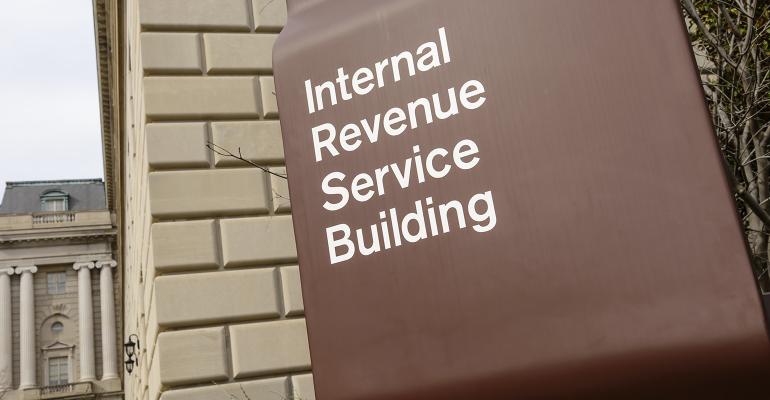To help parse through the COVID-19 relief for estate and gift taxes granted to taxpayers under Notice 2020-18, Notice 2020-20 and Notice 2020-23, the Internal Revenue Service has published a frequently asked questions (FAQ) section on its website.
Though useful for taxpayers and tax professionals, the IRS cautions that “the answers to these questions provide responses to general inquiries and aren’t citable as legal authority.” It also notes that it’s considering issuing additional guidance based on the issues addressed in the FAQs.
The majority of questions deal with whether the relief postpones certain filing deadlines as well as interest accrual and alternate valuation election.
GST Implications
Questions relating to the generation-skipping transfer tax (GST) make up a large portion of the FAQs. According to the IRS, if the time to file a claim for refund of gift, estate or generation-skipping transfer tax expires on or after April 1, 2020, and before July 15, 2020, the taxpayer has until July 15, 2020, to make that claim or refund.
Furthermore, any GST election or allocation made with respect to a 2019 transfer on Form 709 due on or after April 1, 2020, and before July 15, 2020, will be considered timely if made on a Form 709 filed on or before July 15, 2020.
Notably, there’s no relief being offered for a late allocation of GST exemption. The IRS states that “[t]he rules for making late allocations of GST exemption are not changed by Notice 2020-18, Notice 2020-20, or Notice 2020-23. A late allocation of GST exemption made on or after April 1, 2020, and before July 15, 2020 (that is, an allocation of GST exemption to a transfer made before 2019) is effective on the date of filing.” Furthermore, a taxpayer may not elect to treat an allocation of GST exemption made on or before July 15, 2020, to a 2019 transfer as a late allocation. The FAQ states that “therefore, GST exemption must be allocated to the transfer based on its fair market value on the date of the transfer (and the valuation method under § 26.2642-2(a)(2) cannot be used).”
You can find the complete FAQ section on the IRS’ website.





